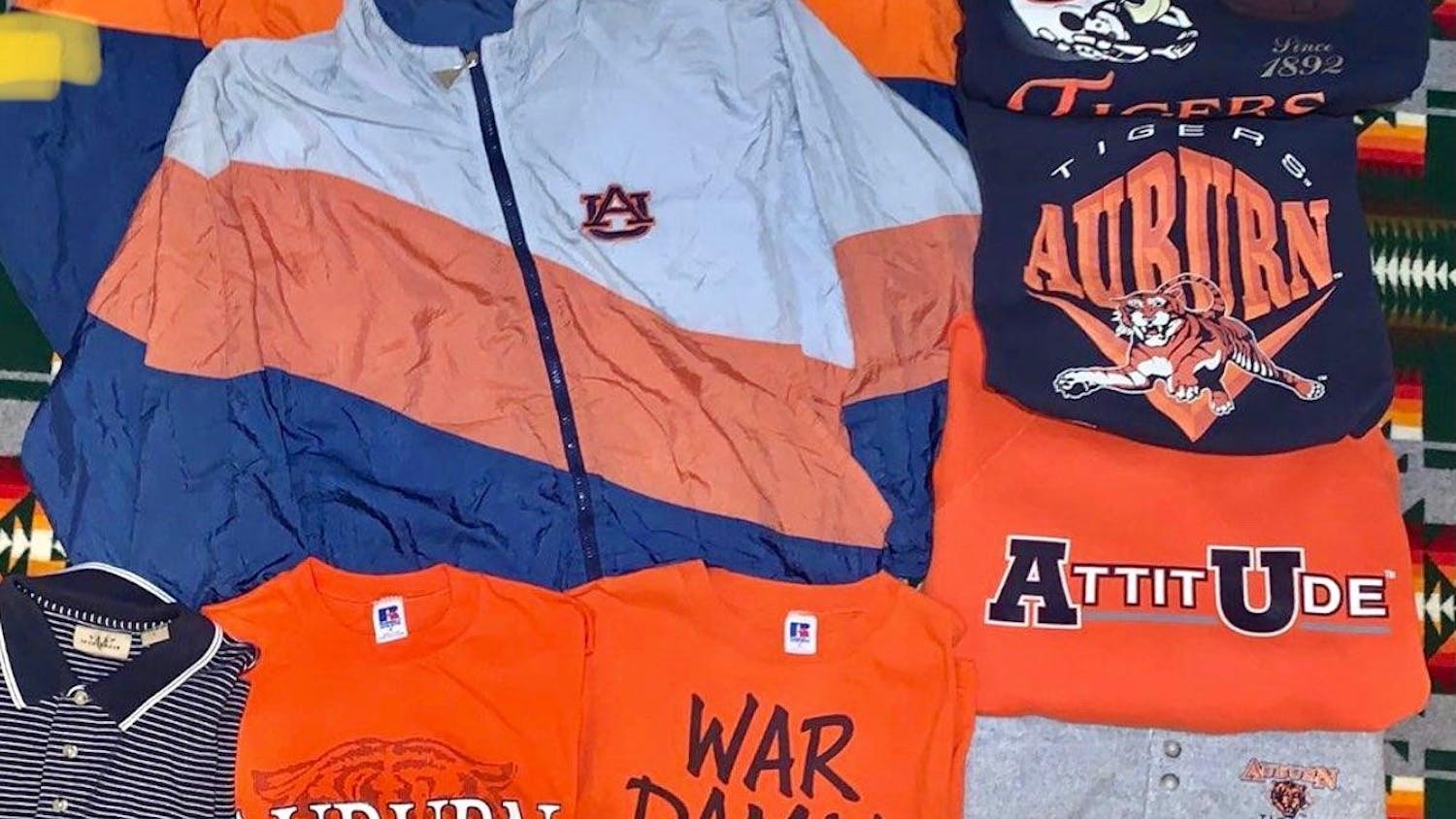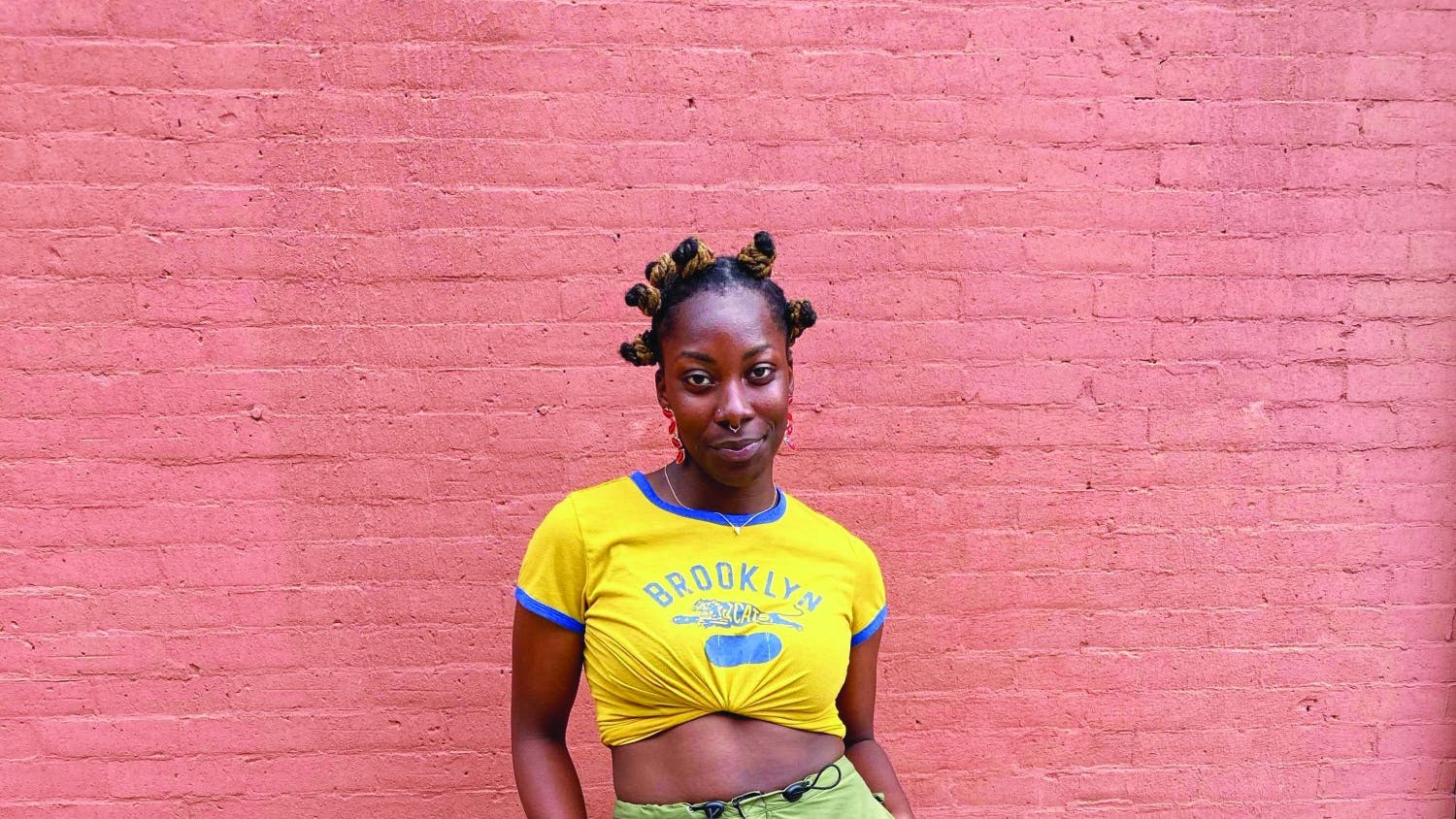Fashion can be thought of as a standard of dress based on the circumstances of the wearer. The location, season, and even time of the day are all variables that influence what the fashion is at the moment. For example, you would not want to be seen in a bar Friday night wearing gym shorts, and you would never want to show up at a Halloween party without a costume of some sort.
In this sense of “fashion,” hikers do have their own kind of fashion, but it is built on more practical reasons. For example, you would never want to be caught in the rain without a rain coat, and you would not want to find yourself without a good jacket when the temperature begins to drop. From head to toe, there are things you should wear and things you do not need to be caught wearing, and this is hiking fashion.
Hiking fashion might sound like a complicated affair, but the truth is that there are only a handful of rules that you need follow to be a “fashionable” hiker. The biggest rule is to bring an adaptable outfit. Even if the weather looks perfect for a hike, unexpected changes in the weather can happen.
With the temperatures starting to drop, having the right stuff to stay warm is important. Though you might stay warm when moving, you never know when an emergency might require you to stop for an extended period. At the same time, you do not need to bring too much clothing. That extra jacket might only feel like a few ounces, but it and everything else you bring is going to feel a lot heavier a few miles down the trail.
Hiking clothing also needs to be compressible and easy to store, or else you might waste much needed space in your pack.
There are a lot of products on the market that come with an extra digit on the price tag because it is supposedly made just for hiking, but often, your everyday sportswear can serve the same purpose.
Your shoes are the most important part of your outfit because they are what cushion and protect the feet that will carry you down the trail. Hiking boots come in all shapes and sizes, but there are two important things that good hiking boots need.
First, you need hiking boots that extend past your ankle because this will keep your ankles from rolling if you trip or step in a hole.
You should also seriously consider getting waterproof boots. Though more expensive, waterproofing can save you from walking all day on a wet or snowy trail with soaked feet. Be warned though that even shoes with the higher grade breathable waterproofing tend to develop a stench if they are worn long enough.
For warm weather, any socks that are fast-drying and comfortable will work, but for the winter, wool is the way to go. Even with waterproof footwear, your feet will still sweat, and wool, unlike cotton, will still provide insulation when wet. Wool is also fast-drying and has anti-bacterial properties that can really make a difference on a long hike.
Jackets are also an essential part of a hiker’s outfit because they can keep your core warm and dry. There are a great variety of jackets and each type has its advantages and disadvantages. There are three factors that need to be considered with every jacket: water/wind resistance, insulation, and weight.
Different types of jackets have different advantages. For example, a fleece jacket has good insulation and is light, but they usually have no water proofing or wind resistance. On the other end of the spectrum, Ski jackets have excellent insulation, waterproofing, and wind resistance, but they weigh a lot and are hard to pack.
When choosing a jacket for a hike, you should consider what kind of conditions you will or might possibly be facing. Waterproof jackets are a must for snow. If you do not want to have to buy a different jacket for every type of situation, you can always combine two jackets you already have to meet your needs. For example, a fleece with a raincoat on top can keep you dry and warm on a cold rainy day.
Another important part of dressing for cold weather is head gear. Though it has been proven that you don’t lose an excessive amount of heat from your head as once thought, having a cold head is never fun and you can still lose a lot heat by leaving your head exposed. The thickness of your cold-weather headgear should depend on how cold it is going to get.
Neck gaiters can provide further warmth as they keep heat from escaping the top of your jacket. Many of these neck gaiters can also function as face covers and even caps which makes them a good multifunction item to pack.
In hiking, even the shirt you wear is important. You should never wear pure cotton because it is slow to dry, and wet clothing weighs you down, chaffs, and can become cold when the temperature drops. Anything that is synthetic and fast-drying will suffice.
Pants, like the shirts, need to be made from synthetic material that can dry fast. Shorts can certainly be worn if it is hot enough, but if you have a tendency trip over rocks and roots, you may want the extra protection. Also, if there is snow, you should consider wearing waterproof pants of some kind because wet legs can quickly chill you.
Having the right clothing for a hike will always make your trip go better. Having the clothing best suited for the weather will also show others that you are a competent hiker who knows how to plan, and for hikers, this is what a fashionable hiker is.
Do you like this story? The Plainsman doesn't accept money from tuition or student fees, and we don't charge a subscription fee. But you can donate to support The Plainsman.




